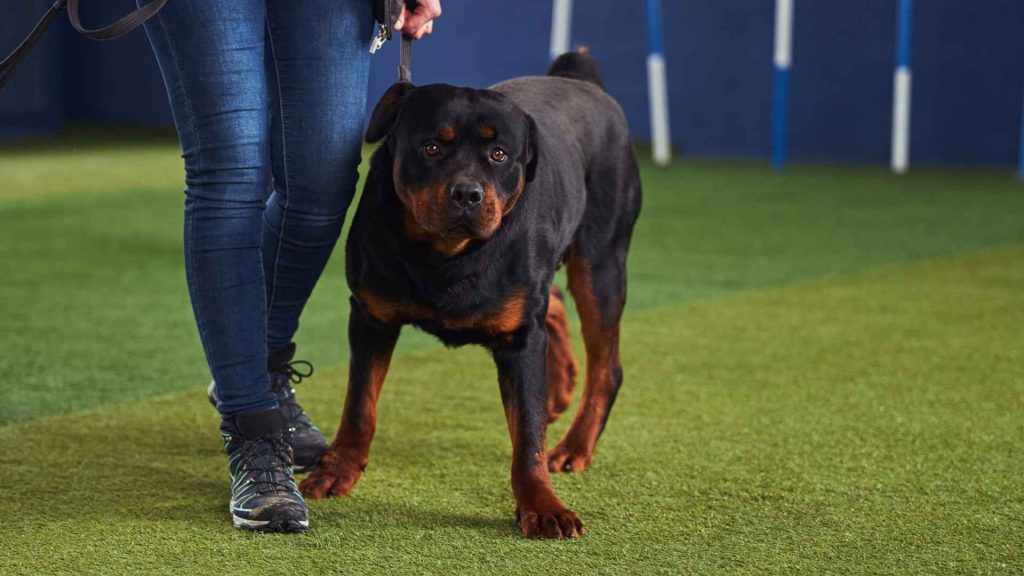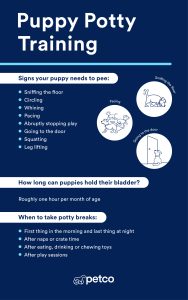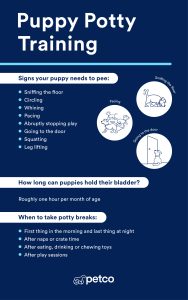Are you dreaming of a dog that listens the first time you call? Training your furry friend doesn’t have to be a struggle.
Some dogs are naturally easier to train than others, saving you time, frustration, and stress. If you want a loyal companion who quickly learns commands and behaves well, knowing which dogs are easy to train is the key. Keep reading to discover the breeds that make training a breeze and how you can set your dog up for success from day one.
Your perfect, well-behaved buddy is closer than you think!
Traits Of Easily Trainable Dogs
Some dogs learn commands and skills faster than others. This depends on certain traits they have.
Understanding these traits helps owners choose dogs that fit their training style.
Intelligence Levels
Smart dogs catch on to commands quickly. They remember what they learn well.
High intelligence makes training easier and faster for many breeds.
- Quick learners respond well to new commands
- Problem-solving ability helps dogs understand tasks
- Memory retention allows dogs to keep training results
Temperament Factors
Calm and friendly dogs train better. They stay focused and do not get nervous.
Dogs with a good attitude enjoy training sessions more and behave well.
- Patient dogs handle repeated practice without stress
- Social dogs respond well to human interaction
- Confident dogs are willing to try new commands
Motivation And Focus
Dogs that stay focused can follow instructions better. They resist distractions during training.
Motivated dogs want to please their owners or earn rewards.
- Food or toy rewards keep dogs interested
- Strong desire to please helps dogs obey commands
- Good attention span improves learning speed
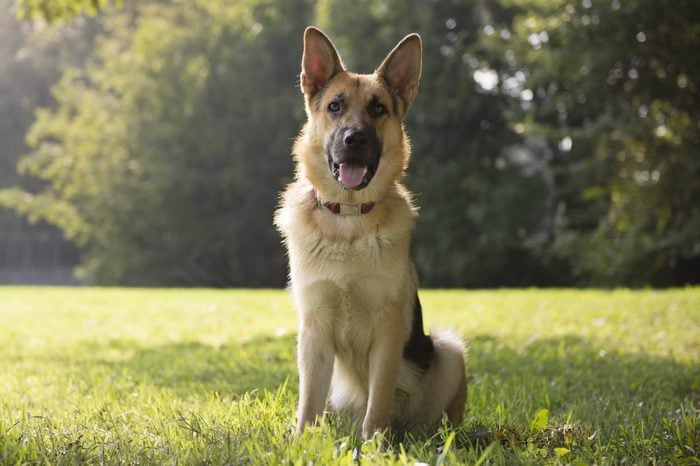
Credit: www.rd.com
Top Breeds For Quick Learning
Some dogs learn new commands and tricks faster than others. This is helpful for owners who want a well-behaved pet quickly. Training is easier with breeds that are smart and eager to please.
Here are five dog breeds known for being easy to train. Each has unique traits that make learning faster and more fun.
Border Collie
Border Collies are famous for their intelligence and energy. They pick up commands fast and love to work with their owners. These dogs do well with tasks that need focus and speed.
Because they are smart, Border Collies need mental challenges. Training sessions should be short but frequent. This keeps them interested and happy.
Poodle
Poodles are very quick learners and highly trainable. They respond well to positive praise and treats. Poodles enjoy learning new tricks and commands.
These dogs are also great for people with allergies. Their curly coats do not shed much, making them popular pets.
German Shepherd
German Shepherds are strong and smart. They are often used as police or service dogs because they learn tasks quickly. They like to have a job to do.
Training should be consistent and firm but kind. These dogs thrive with clear rules and boundaries.
Golden Retriever
Golden Retrievers are friendly and eager to please. They learn commands fast and enjoy training time. Their gentle nature makes them good for families.
Training with treats and praise works best. They do well with obedience and agility exercises.
Labrador Retriever
Labradors are smart and very social dogs. They want to make their owners happy. This makes training easier and more effective.
They learn basic commands quickly and enjoy games that involve training. Labs also do well with service and therapy work.
Training Tips For Fast Results
Training dogs that are easy to train can be quick and fun. Using smart tips helps your dog learn faster.
Good training builds a strong bond between you and your dog. It also makes daily life easier and happier.
Consistent Commands
Use the same words for each command every time. This helps your dog understand what you want.
Avoid changing commands or using many words for one action. Consistency makes training clear and simple.
- Pick one word per command
- Use the same tone and speed
- Make sure all family members use the same commands
Positive Reinforcement
Reward your dog with treats, praise, or play when it follows commands. This encourages good behavior.
Never punish your dog during training. Positive reinforcement helps your dog enjoy learning and try harder.
- Give treats right after the correct action
- Use happy words and pet your dog
- Offer a favorite toy for extra motivation
Short Training Sessions
Keep training sessions short and focused. Dogs learn better with frequent, brief lessons than long, tiring ones.
End sessions before your dog loses interest. This keeps training fun and helps your dog stay eager to learn.
- Train for 5 to 10 minutes per session
- Do multiple short sessions each day
- Take breaks to avoid stress or boredom
Common Challenges In Dog Training
Training a dog can be a rewarding experience. Many dogs learn commands quickly, but some face common challenges.
Knowing these challenges helps owners train their dogs more effectively. Patience and understanding play key roles.
Distractions And Focus Issues
Dogs often struggle to focus when there are many distractions. Noises, smells, and other animals can pull their attention away.
Training in a quiet space helps dogs learn commands better. Gradually adding distractions can improve focus over time.
- Start training indoors or in a calm area
- Use treats or toys to keep attention
- Keep training sessions short and fun
Breed-specific Behaviors
Each dog breed has unique traits that affect training. Some breeds are more independent, while others seek constant guidance.
Understanding your dog’s breed helps set realistic training goals. Some breeds learn faster, others need more time.
- Herding breeds respond well to commands
- Hunting breeds may follow scents instead of commands
- Terriers can be stubborn and need consistent training
Patience And Persistence
Training takes time and patience. Dogs do not learn everything in one session.
Consistent practice helps dogs remember commands. Owners should stay calm and keep training daily.
- Repeat commands clearly and calmly
- Use positive reinforcement like treats
- Avoid punishment to keep training positive
Choosing The Right Breed For You
Picking a dog that is easy to train can make life better for you and your pet. Different breeds learn in different ways.
Think about your daily routine and what kind of dog fits your home. This helps you find the best dog for training.
Lifestyle Compatibility
Your daily activities affect how well you can train a dog. Some dogs need more time and attention than others.
Choose a breed that matches how active or busy you are. This makes training easier and more fun.
- Active people may like dogs that enjoy exercise
- Busy people may prefer dogs that need less attention
- Families might choose gentle, patient breeds
Energy Levels
Dogs with high energy need more exercise and training time. Low-energy dogs are easier to manage indoors.
Pick a dog whose energy matches your lifestyle to avoid frustration during training.
- High-energy breeds need daily walks or playtime
- Low-energy breeds rest more and need less exercise
- Medium-energy dogs balance activity and rest well
Size And Space Considerations
Think about your living space before choosing a dog breed. Big dogs need more room to move and train.
Small dogs can live happily in apartments but may have different training needs.
| Dog Size | Space Needs | Training Tips |
|---|---|---|
| Small | Small spaces like apartments | Short, frequent training sessions |
| Medium | Houses with yards or apartments with walks | Mix of play and training |
| Large | Large homes with yards | Long training sessions and lots of exercise |

Credit: www.pumpkin.care
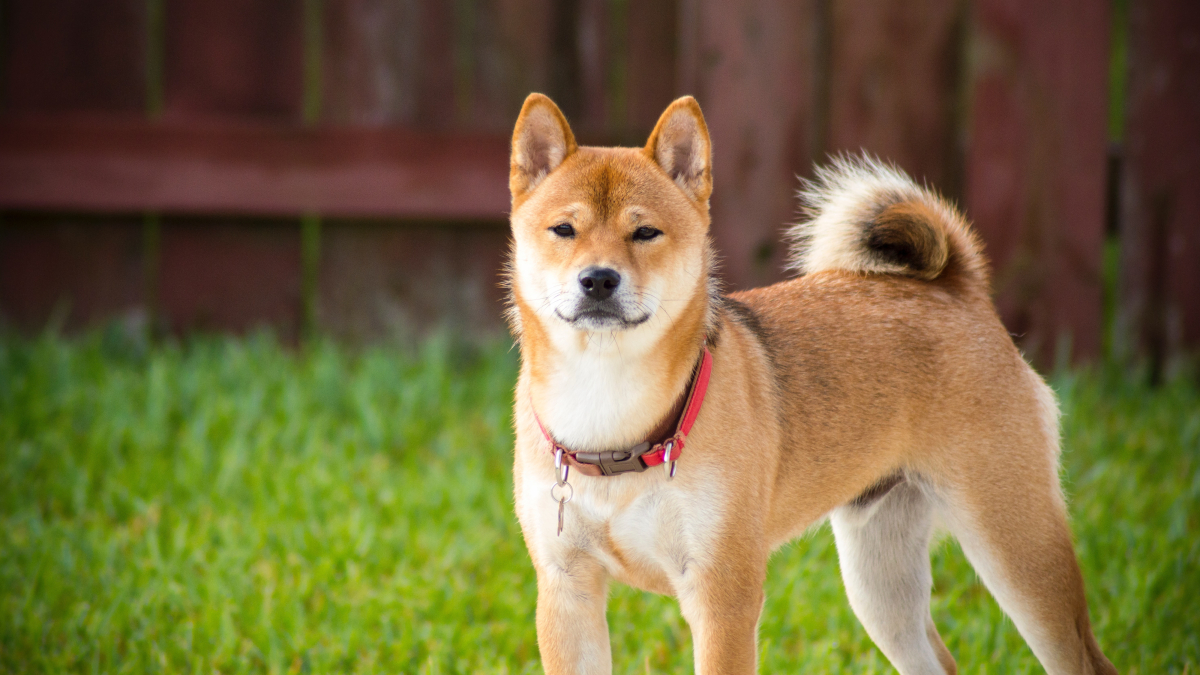
Credit: pethelpful.com
Frequently Asked Questions
Which Dog Breeds Are Easiest To Train?
Border Collies, Poodles, and German Shepherds rank high in trainability. They respond quickly to commands and enjoy learning new tasks.
How Does Dog Size Affect Trainability?
Smaller dogs may be more stubborn, but size alone doesn’t determine trainability. Temperament and breed traits are more important factors.
Are All Intelligent Dogs Easy To Train?
Most intelligent breeds learn quickly, but motivation and socialization also affect training success. Consistent practice is essential.
Can Training Be Easier With Rescue Dogs?
Yes, many rescue dogs are eager to learn and bond. Patience and positive reinforcement help build trust and obedience.
Conclusion
Training a dog can be a rewarding experience. Choose a breed that matches your lifestyle. Some dogs learn quickly, like Labrador Retrievers and Poodles. Others may need more patience. Consistency and positive reinforcement help in training. Each dog is unique, with its own pace.
Understand your dog’s needs and adjust. Training strengthens the bond between you and your pet. Enjoy the journey together. A well-trained dog brings joy and harmony. Happy training!

Emily Barker is the founder of ChillDogLife.com, a space dedicated to helping pup parents discover the best dog products, lifestyle tips, and cozy ideas for happier homes.
A lifelong dog lover, Emily combines her passion for pets with a knack for research to share trusted recommendations on everything from toys and furniture to health and everyday care.
Her goal is simple: to make life easier, stylish, and more joyful for dogs and the people who love them.
